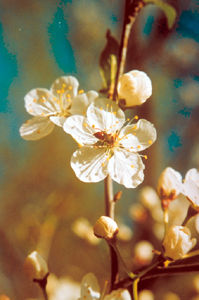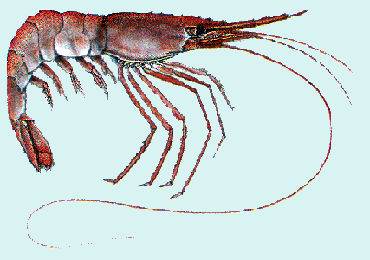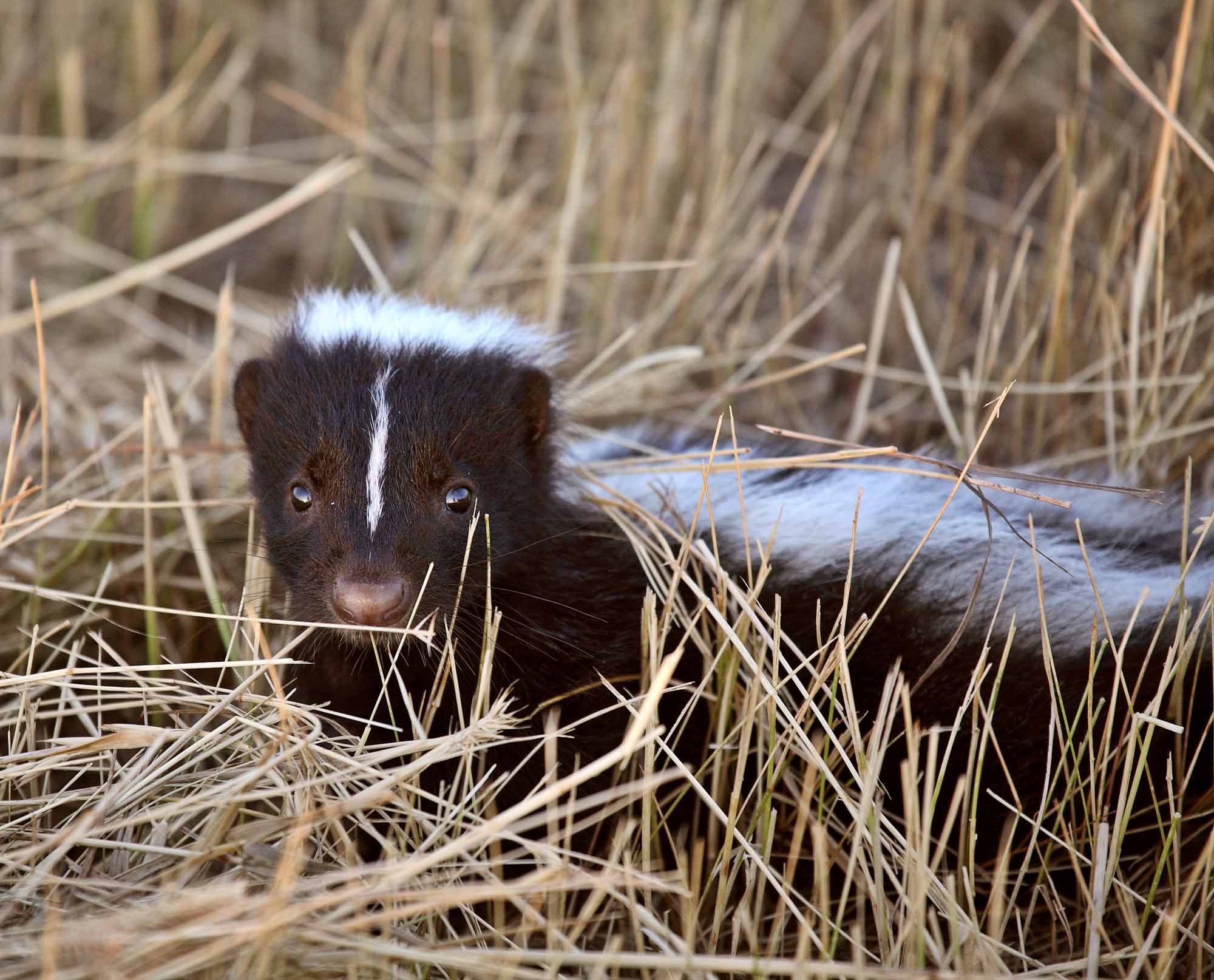Article
Sedimentary Rock
Only about 5% of the Earth's crust is composed of sedimentary rocks, but they cover 70-75% of the exposed surface and contain many economically important minerals, as well as coal and petroleum.

Enter your search term
Signing up enhances your TCE experience with the ability to save items to your personal reading list, and access the interactive map.
Create AccountArticle
Only about 5% of the Earth's crust is composed of sedimentary rocks, but they cover 70-75% of the exposed surface and contain many economically important minerals, as well as coal and petroleum.
"https://d2ttikhf7xbzbs.cloudfront.net/media/media/233c4490-07ce-414e-b2d5-e30602befc75.jpg" // resources/views/front/categories/view.blade.phphttps://d2ttikhf7xbzbs.cloudfront.net/media/media/233c4490-07ce-414e-b2d5-e30602befc75.jpg

Article
The common feature uniting seed plants is the "seed habit," a unique method of sexual reproduction. In all vascular plants, the conspicuous plant is a spore producer (sporophyte) that alternates, in the life cycle, with a sexual phase (gametophyte).
"https://d2ttikhf7xbzbs.cloudfront.net/media/media/bdc4d290-63b3-44ee-a1c0-cdd4bd1288a8.jpg" // resources/views/front/categories/view.blade.phphttps://d2ttikhf7xbzbs.cloudfront.net/media/media/bdc4d290-63b3-44ee-a1c0-cdd4bd1288a8.jpg

Article
A shark is a marine fish with cartilaginous skeleton belonging to subclass Elasmobranchii, class Chondrichthyes, order Pleurotremata.
"https://d2ttikhf7xbzbs.cloudfront.net/media/media/4a60ac6a-69a6-42b5-8c9e-49da8e4bb634.jpg" // resources/views/front/categories/view.blade.phphttps://d2ttikhf7xbzbs.cloudfront.net/media/media/4a60ac6a-69a6-42b5-8c9e-49da8e4bb634.jpg

Article
The shearwater (order Procellariiformes, family Procellariidae) is a medium-sized seabird.
"https://d2ttikhf7xbzbs.cloudfront.net/media/media/0ad00d12-bb85-47c3-94ad-67bbe257713b.jpg" // resources/views/front/categories/view.blade.phphttps://d2ttikhf7xbzbs.cloudfront.net/media/media/0ad00d12-bb85-47c3-94ad-67bbe257713b.jpg

Article
Shooting Star (genus Dodecatheon) is a perennial herbaceous plant of Primulaceae family (primrose).
"https://development.thecanadianencyclopedia.ca/images/tce_placeholder.jpg?v=e9dca980c9bdb3aa11e832e7ea94f5d9" // resources/views/front/categories/view.blade.phphttps://development.thecanadianencyclopedia.ca/images/tce_placeholder.jpg?v=e9dca980c9bdb3aa11e832e7ea94f5d9

Article
Shrew (Soricidae), family of small insectivores represented today by approximately 250 species worldwide, 16 in Canada.
"https://development.thecanadianencyclopedia.ca/images/tce_placeholder.jpg?v=e9dca980c9bdb3aa11e832e7ea94f5d9" // resources/views/front/categories/view.blade.phphttps://development.thecanadianencyclopedia.ca/images/tce_placeholder.jpg?v=e9dca980c9bdb3aa11e832e7ea94f5d9

"https://d2ttikhf7xbzbs.cloudfront.net/media/media/e34d15e4-77b7-4dd7-8f0f-2174ffa8e9e2.jpg" // resources/views/front/categories/view.blade.phphttps://d2ttikhf7xbzbs.cloudfront.net/media/media/e34d15e4-77b7-4dd7-8f0f-2174ffa8e9e2.jpg

Article
Shrimp are decapods ("10-footed") crustacean, differing from other decapods in being adapted for swimming, a fact reflected in the large, laterally compressed abdomen and well-developed pairs of swimming legs.
"https://d2ttikhf7xbzbs.cloudfront.net/media/media/dfdc0d43-b713-4658-b7a0-23305d11e86b.jpg" // resources/views/front/categories/view.blade.phphttps://d2ttikhf7xbzbs.cloudfront.net/media/media/dfdc0d43-b713-4658-b7a0-23305d11e86b.jpg

Article
Silica, or silicon dioxide (SiO2), occurs as the MINERAL quartz and is the most abundant mineral of the Earth's crust. It also occurs in the skeletal parts of some animals (eg, certain protozoa) and various plants.
"https://development.thecanadianencyclopedia.ca/images/tce_placeholder.jpg?v=e9dca980c9bdb3aa11e832e7ea94f5d9" // resources/views/front/categories/view.blade.phphttps://development.thecanadianencyclopedia.ca/images/tce_placeholder.jpg?v=e9dca980c9bdb3aa11e832e7ea94f5d9

Article
Important producing countries now are Mexico, Peru, the Commonwealth of Independent States, the US, Canada, Australia, Chile, Poland and China. Photographic films and papers account for about 25% of the demand for silver.
"https://d2ttikhf7xbzbs.cloudfront.net/media/media/e53f0267-a935-463b-b0cf-e1995d2548ca.jpg" // resources/views/front/categories/view.blade.phphttps://d2ttikhf7xbzbs.cloudfront.net/media/media/e53f0267-a935-463b-b0cf-e1995d2548ca.jpg

Article
Silviculture is the branch of FORESTRY that deals with establishing, caring for and reproducing stands of trees for a variety of forest uses including wildlife habitat, timber production and outdoor recreation.
"https://development.thecanadianencyclopedia.ca/images/tce_placeholder.jpg?v=e9dca980c9bdb3aa11e832e7ea94f5d9" // resources/views/front/categories/view.blade.phphttps://development.thecanadianencyclopedia.ca/images/tce_placeholder.jpg?v=e9dca980c9bdb3aa11e832e7ea94f5d9

Article
The skunk is a carnivorous, cat-sized mammal. Skunks were previously considered as part of the weasel family (Mustelidae) but DNA research has placed them in their own family, Mephitidae.
"https://d2ttikhf7xbzbs.cloudfront.net/media/media/034d1f13-755b-489b-ae6b-2f6912611488.jpg" // resources/views/front/categories/view.blade.phphttps://d2ttikhf7xbzbs.cloudfront.net/media/media/034d1f13-755b-489b-ae6b-2f6912611488.jpg

Article
The sky appears its deepest blue when the air is dry and clean. Water vapour and dust scatter all colours of light, causing the blue to appear washed-out and pale.
"https://development.thecanadianencyclopedia.ca/images/tce_placeholder.jpg?v=e9dca980c9bdb3aa11e832e7ea94f5d9" // resources/views/front/categories/view.blade.phphttps://development.thecanadianencyclopedia.ca/images/tce_placeholder.jpg?v=e9dca980c9bdb3aa11e832e7ea94f5d9

Article
Slug is a common name for several terrestrial pulmonate and numerous marine gilled species of gastropod molluscs conspicuous by the lack of an exposed shell.
"https://d2ttikhf7xbzbs.cloudfront.net/media/media/51c710f6-6973-4da3-8a4a-d48caed18d86.jpg" // resources/views/front/categories/view.blade.phphttps://d2ttikhf7xbzbs.cloudfront.net/media/media/51c710f6-6973-4da3-8a4a-d48caed18d86.jpg

Article
Smelt (Osmeridae), family of small, iridescent fishes of class Osteichthyes, found in coastal seas, streams and lakes of the northern hemisphere.
"https://d2ttikhf7xbzbs.cloudfront.net/media/media/8e96e384-01b8-4e53-a3be-0cfebd2bee83.jpg" // resources/views/front/categories/view.blade.phphttps://d2ttikhf7xbzbs.cloudfront.net/media/media/8e96e384-01b8-4e53-a3be-0cfebd2bee83.jpg
